Meta has a new, AI-centric, strategy to sell the public on its vision for the metaverse.
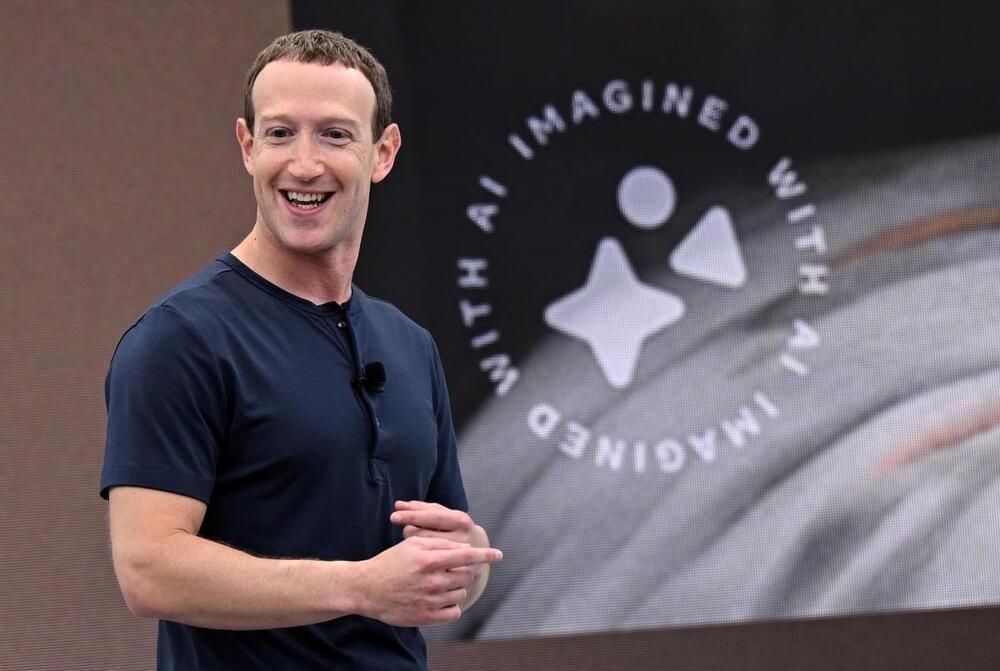

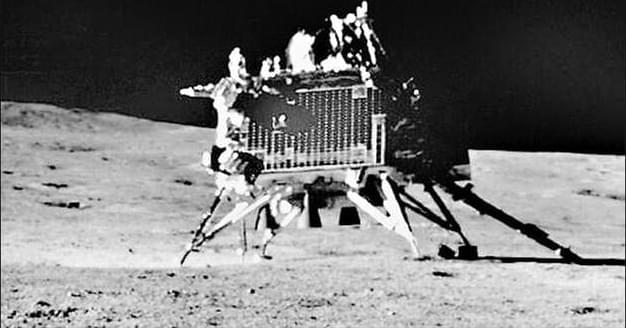
India became only the fourth nation ever to land a spacecraft on the Moon earlier this summer. The Chandrayaan-3 mission is still technically underway, but its days may be numbered. After waiting several weeks for the lunar night to end, the Indian Space Research Organisation (ISRO) reports that the mission’s Vikram lander and Pragyan rover remain offline.
Chandrayaan-3 arrived in orbit of the Moon in July, right alongside Russia’s Luna-25 spacecraft. The uncrewed missions were both angling to be the first to touch down in the Moon’s southern polar region, an area where NASA hopes to send astronauts in the coming years. Russia was on course to land first, but a system error caused the vehicle to crash instead. That left India to land at its leisure, which it did on Aug. 23.
According to the Chandrayaan-3 team, they’ve attempted to contact the lander and rover now that the sun is shining again. However, no signals have been received from the surface. It’s possible Vikram (see above) and Pragyan are well and truly dead after several weeks in the frigid night. However, the ISRO hasn’t given up hope. Even if the batteries are empty, the hardware may still be working. Given some time to soak in the rays, the robots could still come back online.

It encourages wearers to take more steps, covering distances more quickly than they could without it.
A wearable exoskeleton can help runners increase their speed by encouraging them to take more steps, allowing them to cover short distances more quickly.
While previous studies have focused on how wearable exoskeletons can help people reduce the energy they expend while running, the new study, published today in Science Robotics, examines how wearable robots can assist runners as they sprint.
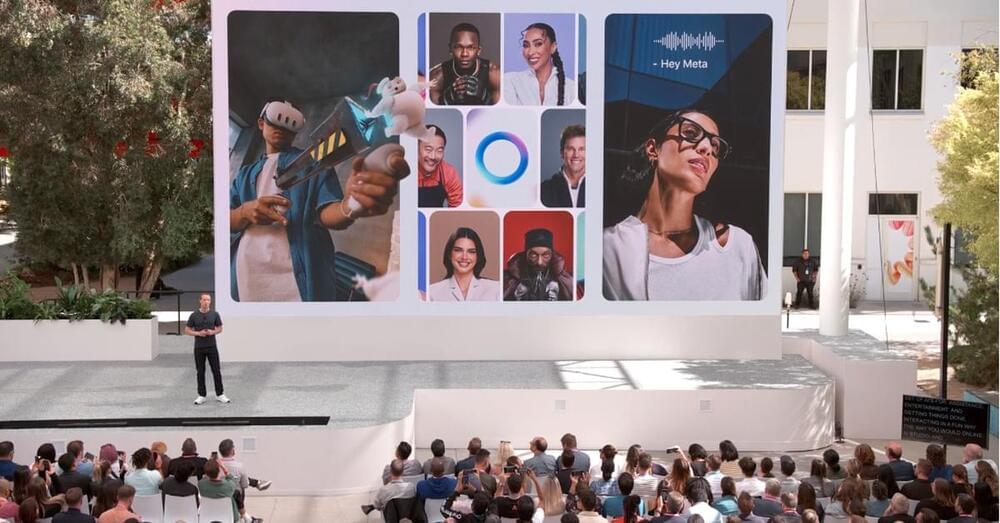
AI? VR? The term might just refer to whatever Meta is doing now.
Almost two years ago, Mark Zuckerberg rebranded his company Facebook to Meta — and since then, he has been focused on building the “metaverse,” a three-dimensional virtual reality. But the metaverse has lost some of its luster since 2021. Companies like Disney have closed down their metaverse divisions and deemphasized using the word, while crypto-based startup metaverses have quietly languished or imploded. In 2022, Meta’s Reality Labs division reported an operational loss of $13.7 billion.
But at Meta Connect 2023, Zuckerberg still hasn’t given up on the metaverse — he’s just shifted how he talks about it. He once focused on… More.
Meta launches Quest 3 and continues to focus on the metaverse — even though the market isn’t as positive. Zuckerberg shows a shift in his thinking about the concept.
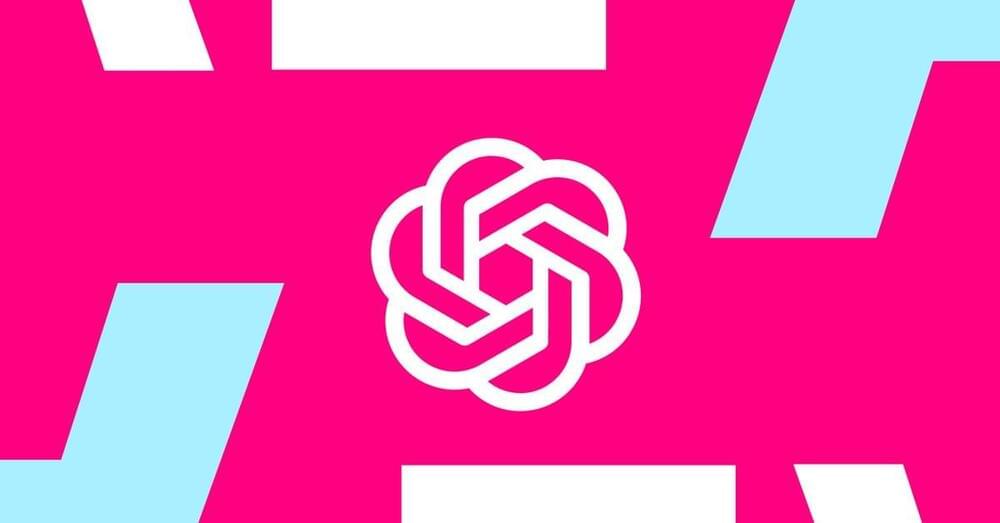
OpenAI promises up-to-date information with direct links to sources for subscribers only, but others will get the feature.
OpenAI posted today that ChatGPT can once more trawl the web for current information, offering answers taken directly from “current and authoritative” sources, which it cites in its responses. The feature, called Browse with Bing, is only open to those with Plus and Enterprise subscriptions for now, but the company says it will roll it out “to all users soon.”
Microsoft’s Bing Chat on Windows, in the Edge browser, and in third-party browser plugins could already return live information from the web, and so can Google’s Bard in Chrome and other browsers. Both also offer… More.
Using Browse with Bing, ChatGPT knows its Morbin’ time.

Amazon today announced the general availability of Bedrock, its service that offers a choice of generative AI models from Amazon itself and third-party partners through an API.
Bedrock, which was unveiled in early April, allows AWS customers to build apps on top of generative AI models and customize them with their proprietary data. Leveraging these models, brands and developers can also create AI “agents” that automatically execute tasks like booking travel, managing inventory and processing insurance claims.
In the coming weeks, Llama 2, the open source large language model from Meta, will come to Bedrock, Amazon says — joining models from AI21 Labs, Anthropic, Cohere and Stability AI.

OpenAI is in advanced talks with former Apple designer Jony Ive and Japanese tech giant SoftBank to bankroll a $1 billion project to build the “iPhone of artificial intelligence,” the Financial Times.
Ive, who was first reported to be collaborating with Altman by The Information on Tuesday, founded LoveFrom in 2019 after two decades at Apple, where he played a key role… More.
The device is inspired by how the iPhone’s touchscreen transformed mobile internet and aims to give a “more natural and intuitive user experience for interacting with AI,” the Financial Times reported.

Meta announced a major expansion of generative AI capabilities across its family of apps at its 2023 Connect event on Wednesday. This AI expansion comes at a pivotal moment, providing a much-needed boost as Meta’s metaverse ambitions continue to rack up losses.
Among the new offerings is Meta AI, an advanced conversational assistant available in the U.S. on WhatsApp, Messenger and Instagram. The assistant will work similarly to OpenAI’s ChatGPT, Anthropic’s Claude and other conversational AI systems. The moves signal Meta’s ambitions to compete with AI leaders like OpenAI as generative AI takes off.
There are three big differentiators for Meta AI: It can provide real-time web results through a new partnership with Microsoft’s Bing search engine, a ChatGPT feature just introduced Wednesday.
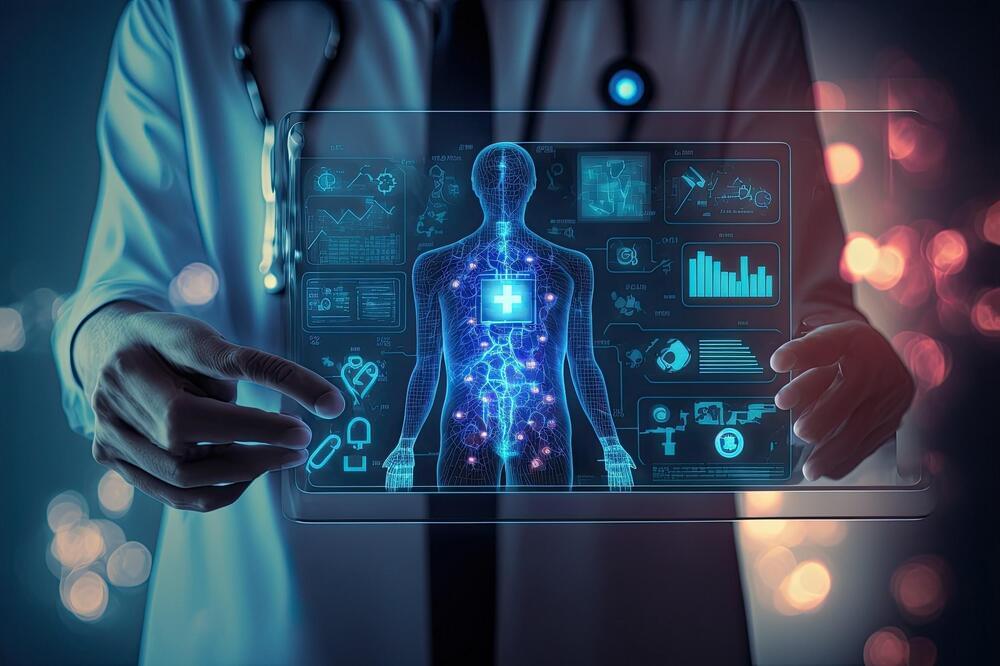
For as long as we’ve been around, human beings have fought against the inevitability of death. This struggle has given rise to religions that have dominated human culture for millennia and has been central to philosophies that have shaped our civilizations.
But might it be the case that a scientific solution to immortality is finally in sight? In recent years, artificial intelligence (AI) has evolved to the stage where it looks set to revolutionize every aspect of our lives. It may just be possible that it’s going to change the way that we think about – and perhaps even experience – death, too.
Science fiction has given us several examples of situations – mostly horrific — where human minds can be uploaded to machines, effectively allowing us to outlast our mortal, fallible bodies.
